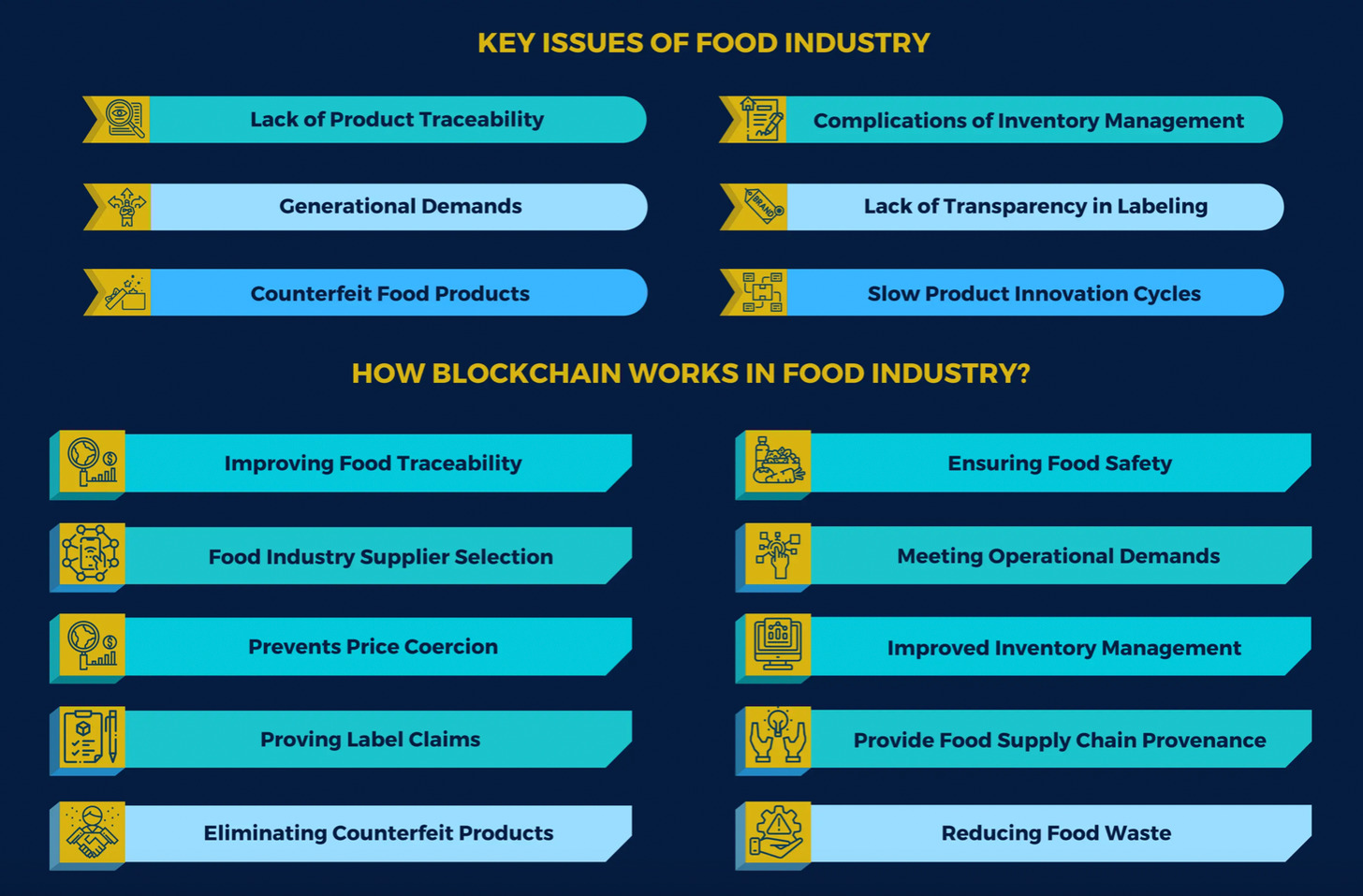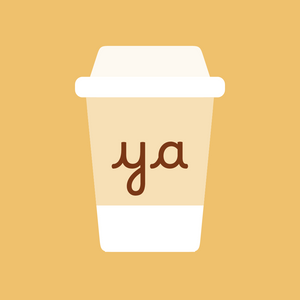List of Contents:
🔗 On-Chain it all
👀 To Keep an Eye on
🔁 Circular Economy
🗂️ Directory
📰 Related News
👊 Sponsors
💸 Coupons
🔗 We are quickly transitioning to a world where everything we have, tangible or intangible, can be and will tokenized.
Blockchain has unchained, a wave of innovations and ideas that has made the world a whole different place today than it was jus a few years ago. Bitcoin was the first real application to be deployed on a blockchain. It has die many times over, but it always seem to come out of the grave to hit yet another all-time-high, and this is just starting.
As bitcoin’s blockchain became limited for others uses outside transaction tracking, some programmers and developers, who were eager to create something less restricted to build on top of, started to create alternatives.
Vitalik Buterin was one of the first developers to effectively create a blockchain (Ethereum) that works as a platform for numerous other cryptocurrencies, as well as for the execution of decentralized smart contracts. Today, Ethereum is also know as the world computer, but is by far not the only platform housing the tokenization of assets.
Protocols like Solana, Binance Smart Chain, Polygon, Cardano and many others are rapidly growing in popularity as alternatives to build NFT, DeFi, and other open-source ecosystems.
The faster and the more stable these blockchains get and the more adopted and understood the technology becomes, the more items we will see registered on different blockchains. Anything that can be tokenized, will be tokenized.
“Tokens are assets that allow information and value to be transferred, stored, and verified in an efficient and secure manner.”
Realnifty is a company selling real estate as NFTs. This asset class is a great fit to test the tokenization of physical items, because as they put it:
Unlike with most physical assets, real estate transactions don’t require any physical interaction with the property, only the records around it. When you buy or rent/lease a home, condo, apartment, office or land or pay your taxes, you don’t physically move or do anything with the property as you would with your car or a collectible. The fact that real estate transactions mostly only involve changing of records and not the physical asset itself makes them a natural fit for NFTs.
Other assets that do require to be moved as they exchange ownership can easily be tokenized as well. The DMV (Department of Motor vehicles) in the United States has, in a different format, a token for every vehicle in the country. A VIN number is like a Token ID on Ethereum or any other blockchain, a unique identifier. But VIN numbers are not democratic, immutable, and definitely are not decentralized.
Companies like Akiri and BurstIQ are creating Blockchains for the Healthcare industry, where its data is stuck in silos and costing billions of dollars in lost productivity. This trusted networks reduce data dependencies, expand product/data interaction, reduce duplication, and streamlined upgrades.
These blockchains can also allow us as patients to have full access and own all our medical history (data) and take it to any doctor or dentist we want when we want it. This data is ours, but we rarely have full access or ownership of it.
Mattereum is another very interesting player in the space. Their goal is to “transition human commerce to a fully sustainable circular global economy by eliminating transaction risk for the on-chain trade of global assets.” They want to tokenize physical assets to eliminate waste, unnecessary consumption, and foster the sharing of goods and in turn, reduce global warming. Vinay Gupta, CEO of Mattereum believes that, if physical goods are registered on a blockchain, this will create the necessary trust for people to lend, rent, share, and sell their goods reducing the need to buy things we rarely use.
The Traceability Project is a decentralized and public blockchain for the food industry that allows the tracking of the entire cycle of a food product. Consumers are more interested than ever to know where the food they are ingesting comes from, and this chains provides this. Projects like this also help manage food inventory more efficiently as all products are registered on the chain, timestamped, some have GPS location data and temperature information which allows companies to know exactly where their products are in the supply chain and their state.

De Beers, the world’s biggest diamond producer by the value of its gems, is also utilizing Blockchain technology to track every natural diamond from the mine to the retail counter. The blockchain platform, known as Tracr, helps in verifying the authenticity of diamonds and ensure they are not from conflict zones where gems may be used to finance violence. Let’s hope this helps avoid child labor and dangerous conditions in African nations.
And the list goes on…
Efficiency, transparency, traceability, speed, improvement of contracts and transactions, and decentralization can be a few of the benefits of a tokenized world. But there are also some disadvantages or challenges to this. Security is one of them, the more we add a digital aspect to everything tangible, the more and better security we need to make it trustworthy and reliable. Everyone who wants to participate in this “On-Chain it all” world has to be more tech oriented or be left behind. Usually the less educated and those with less access are left behind. Most of the times these are minorities, hence our need to make sure minorities are up to par in terms of education and access.
To keep an Eye on 👀:
Shiba Inu: This meme coin is getting some love by celebrities and influencers. It lacks utility in my opinion, but many people are searching for the next Dogecoin or the “Dogecoin killer” as some Shiba Inu enthusiasts call it.
Floki Inu: Elon Musk came to the rescue and now its adoption and price has been increasing. As any meme coin, putting money on these assets seems more like a gamble than an investment, but you can judge.
Cardano: Don’t forget this baby, still strong in the #3 position among cryptocurrencies by market cap. If you like to invest in people, then this is for you, ADA developers do not stop improving their protocol. Cant beat someone who does not stop hustling.
Solana - The blockchain with the highest speeds available. When it crashed this past week, it was doing close to 400k TPS (transactions per second). This crash will become a huge opportunity to improve their performance. It will bounce.
Polkadot - Already 465% up this year. This protocol connects public and private chains, permissionless networks, oracles and future technologies, allowing these independent blockchains to trustlessly share information and transactions through the Polkadot relay chain.

Algorand - Up +200% the last 30 days. A self-sustaining, decentralized, blockchain-based network that supports a wide range of applications.
Gala - Gives power to video game players and the money they spend on their platform. Not the first to do this, but doing it in a very lean way. Blockchain based of Course.
Circular Economy 🔁
Just like the term “Metaverse” which is becoming trendy and overused, we will start hearing more and more about the Circular Economy.
As per wikipedia, Most linear economy businesses take a natural resource and turn it into a product which is ultimately destined to become waste because of the way it has been designed and made. This process is often summarized by "take, make, waste".
By contrast, a circular economy employs reuse, sharing, repair, refurbishment, remanufacturing and recycling to create a closed-loop system, minimizing the use of resource inputs and the creation of waste, pollution and carbon emissions. The circular economy aims to keep products, materials, equipment and infrastructure in use for longer, thus improving the productivity of these resources.
Waste materials and energy should become input for other processes through waste valorization: either as a component or recovered resource for another industrial process or as regenerative resources for nature (e.g., compost). This regenerative approach is in contrast to the traditional linear economy, which has a "take, make, dispose" model of production.
Nike launched a host of circular products this year, including a recycled-content version of the Converse Chuck Taylor All-Star and an "exploratory footwear collection" made from factory and post-consumer waste.
Reusable packaging platform Loop launched in 2019, and its model of delivering mainstream products in reusable packaging has grown in popularity since then. Even as people grew wary of reusable items due to the coronavirus pandemic, Loop saw its sales surge in 2020 — and in September, its service rolled out to all 48 contiguous U.S. states. Many other companies and entrepreneurs are turning to the Circular Economy to tackle the global emissions problem and help make the world a more sustainable and green place to live.
Directory 🗂️:
Ape Wisdom - If you think the Flippening, when Ethereum over takes Bitcoin, will happen; then this site will help. It already happened on this site, a sentiment tracker that tracks the most popular stock and crypto boards on Reddit and 4Chan.
Companies Market Cap - Is not CoinMarket Cap, well similar Burt for companies and with other helpful data.
NFTs Data - This site tracks many other assets, but their NFT data is great to get an overall idea of the market.
CoinMarketCap - Perhaps the best and most used crypto directory, yeah I know you know it already.
Check your NFT - Do you know how your NFT’s assets are stored?
Related News 📰:
BTC's Energy Use Surpasses 2020 Total - Are we over POW?
Master Card buys CypherTrace - Is this the centralization of crypto security?
Solana Outages - Did the high-speed train derailed?
Apple Blocks apps Supporting NFTs - But for how long?
The Potential of Polkadot $DOT - The true multi-chain blockchain
Coinbase sells Junk Bonds - The real measure of how strong crypto is.
Sponsors 👊
🎁 Give the gift of Salami. Charlito’s Cocina is a small producer of hand crafted cured meats made from sustainable raw materials, based in New York City. 🥩 All of their products are made by hand, slowly, in small batches. Trufa Seca is our favorite. Use discount Code: “YCO15” for 15% off.
₿ YCO Bitcoin allows anyone to use their credit card, debit card, or Apple pay to buy cryptocurrencies. Register only once and buy as frequent as you desire. Safe, fast, and many coins to choose from. Buy Crypto with your Credit or Debit Card and Apple Pay.
Please support our sponsors as they make this newsletter possible.
Coupons of the week 💸:
Join Coinbase and get $10 with this coupon.
Click here and start using Gemini and get some crypto to start trading.

